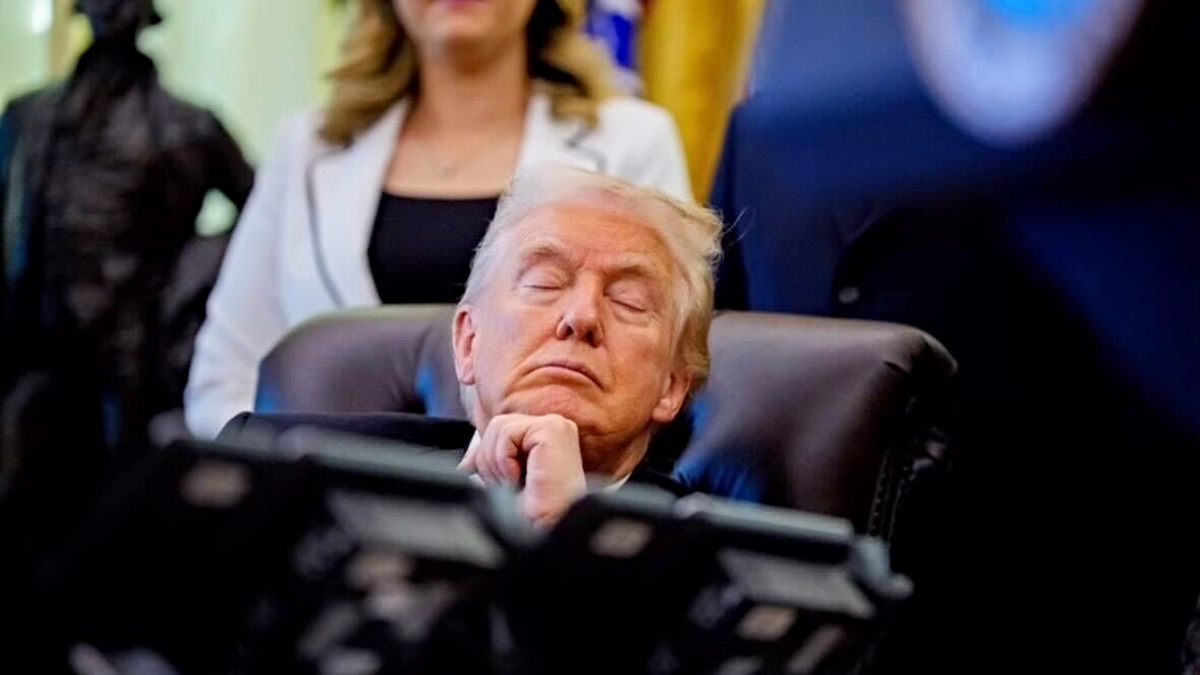Lesson 6: You Can Set Up A Sequel Without Making It The Film’s Focus

Sequels and franchises are the name of the game right now, and I’m on record as hating the constant en-franchising of every single film. But it’s easy to forget that Fury Road is a sequel, and there’s a reason for that beyond the fact that it does not star a young and angry Mel Gibson.
Mad Max: Fury Road is a perfect standalone film. It establishes the world surrounding it and depicts a single event in the life of Max with rising and falling action and a satisfying denouement. While it sets up for future installments, it does not rely either on a knowledge of past films (to which there are only a few, oblique references that do not make up much of character motivation) or on the establishment of a franchise. In other words: Fury Road sets up for a sequel without making the franchise its central concern.
Unlike many films – looking at you, MCU – that seem to be extended commercials for the next installment, Mad Max: Fury Road can stand on its own merits while also leaving things open for another film, as Furiosa and Max’s narrative comes to a close and Max heads off in search of redemption.
Take note, filmmakers: this is how it’s done.










Published: May 30, 2015 08:35 pm